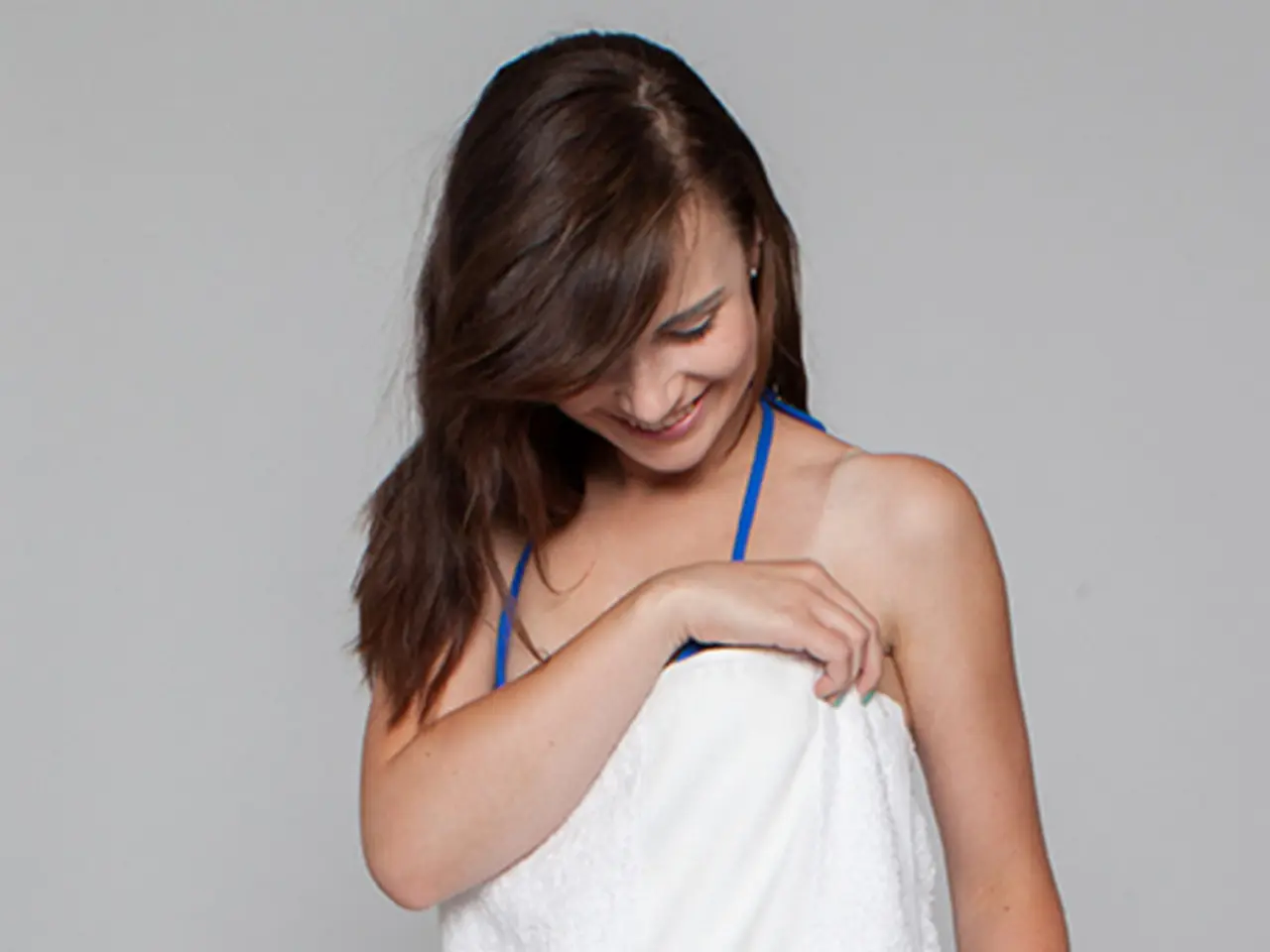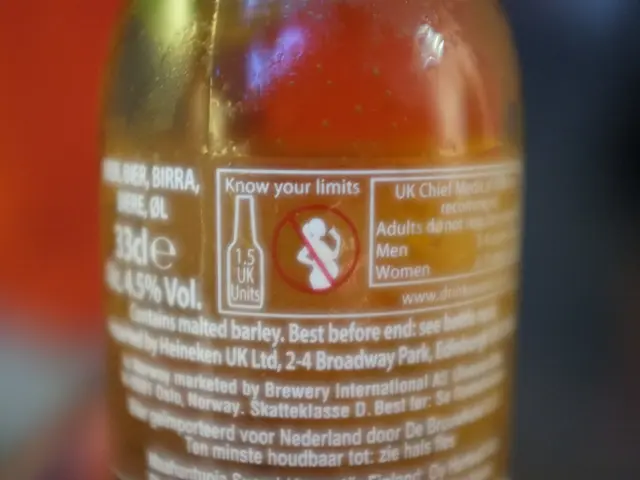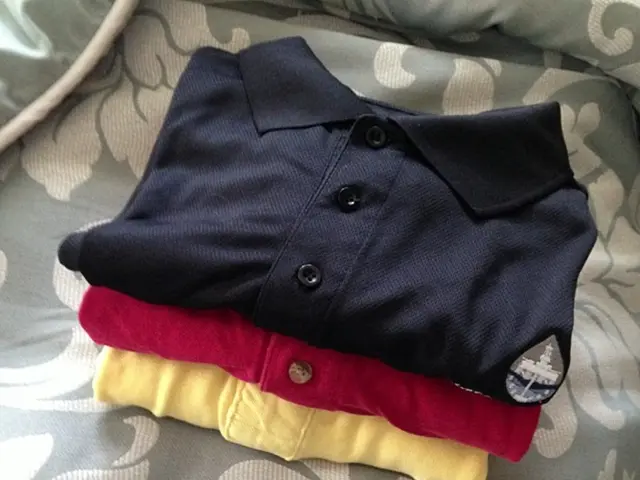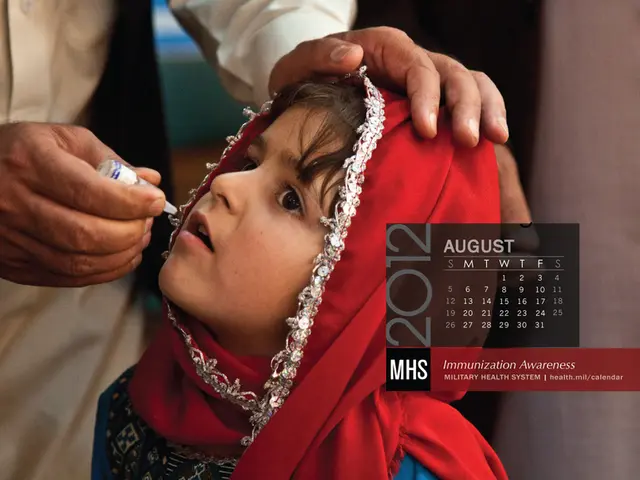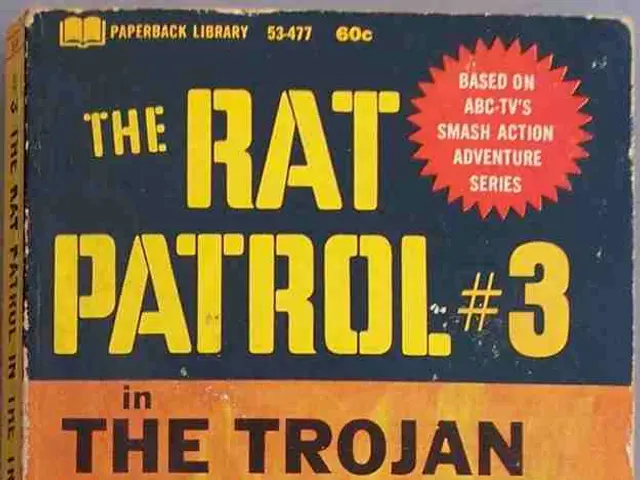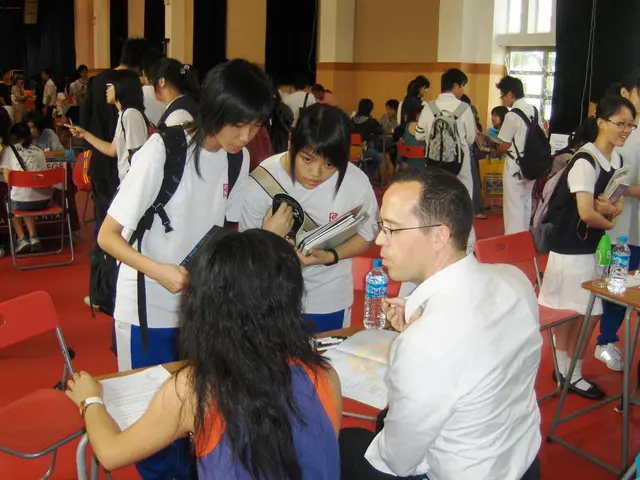Hair-Pulling Syndrome Explained: An In-Depth Look at Trichotillomania
Hair-Pulling Syndrome, also known as Trichotillomania, is a mental health condition that affects many individuals worldwide. This disorder is classified separately in the DSM-5 (Diagnostic and Statistical Manual of Mental Disorders, Fifth Edition), although it is often associated with Obsessive-Compulsive Disorder (OCD).
Trichotillomania is characterised by the compulsive urge to pull out one's hair. Symptoms can vary widely among individuals, encompassing both physical and emotional components. Physical symptoms include hair loss, skin irritation, and hair texture changes, while emotional symptoms may include compulsive behavior, shame and guilt, increased levels of stress and anxiety, and preoccupation with hair pulling.
Environmental triggers may include life changes, social situations, and physical discomfort. It's essential to identify these triggers to help manage the symptoms effectively. Home remedies and coping strategies, such as creating a hair-pulling prevention plan, using physical barriers, engaging in relaxation techniques, and seeking support, can be beneficial.
Treatment options for Trichotillomania often require a multifaceted approach, combining therapy, medication, and support. Therapeutic methods shown to be effective include cognitive-behavioral therapy (CBT), habit reversal training, and acceptance and commitment therapy (ACT). Selective Serotonin Reuptake Inhibitors (SSRIs), antidepressants, can help reduce symptoms of anxiety and depression in individuals with Trichotillomania.
Risk factors for Trichotillomania include age (most common in children and adolescents), gender (women are more likely to be affected), co-occurring disorders (such as ADHD and anxiety disorders), a family history of hair-pulling syndrome or other related disorders, and certain personality traits (such as perfectionism and high sensitivity).
If you know someone struggling with Trichotillomania, consider listening without judgment, encouraging open communication, helping them seek professional help, and educating yourself about the disorder to better understand their experiences. Support groups and online communities, such as Reddit, can provide valuable resources for individuals struggling with Trichotillomania.
It's crucial to seek professional help for an accurate diagnosis and effective treatment of Trichotillomania. This disorder can affect any area of the body where hair grows, including the scalp, eyebrows, and eyelashes. In some cases, other psychiatric medications may be prescribed based on individual needs for the treatment of Trichotillomania.
N-acetylcysteine (NAC), a supplement, has shown promise in reducing hair-pulling behaviors in some studies. Trichotillomania is classified as a body-focused repetitive behavior (BFRB), similar to nail-biting or skin-picking. Early intervention is crucial for addressing Trichotillomania in toddlers to prevent it from becoming a long-term issue.
Establishing a daily routine, including regular exercise, healthy eating, consistent sleep patterns, and professional help, can provide structure and stability for managing symptoms of Trichotillomania. Notably, American actress and singer Kristen Stewart has publicly spoken about her experience with Trichotillomania, shedding light on the disorder and encouraging open dialogue.
In conclusion, understanding Trichotillomania is the first step towards managing and overcoming this mental health condition. With the right support, resources, and treatment, individuals can lead fulfilling lives, free from the compulsion to pull their hair.
Read also:
- Exploring Hemp Insulation: Is This Eco-Conscious Solution Worthwhile for Your Construction Project?
- Construction fleet and urban transport emissions could see a significant reduction with the implementation of biogas as a game-changing solution.
- Fiercely battling for survival, a student hails from Ludwigsburg
- Pforzheim encounters 'intrinsic difficulties' as per the findings of the study
